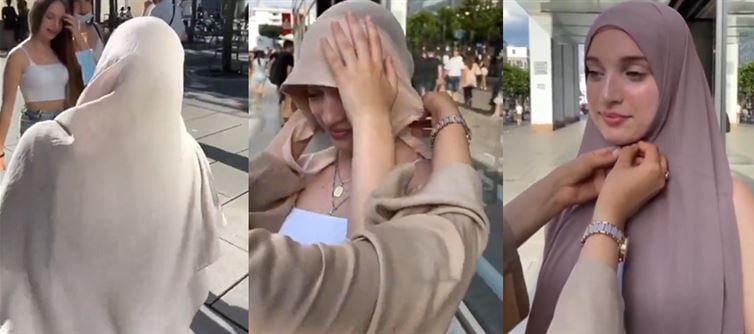
Now, imagining the opposite scenario—where someone was to ask Muslim women to try removing the hijab—would undoubtedly provoke a very different reaction. Removing the hijab, for many Muslim women, is not just a personal decision; it’s a deeply ingrained religious practice tied to their faith, modesty, and identity. Asking someone to take off their hijab could be perceived as disrespectful or intrusive, especially if the request is framed as a challenge to their beliefs. For some Muslim women, wearing the hijab is a visible expression of their devotion and autonomy, and any suggestion to remove it could feel like a denial of their religious and personal rights.
This reversal would likely spark intense criticism, particularly from Muslim communities, who may feel that their autonomy over their religious and cultural choices is being undermined. The debate could center on issues of religious freedom, the right to express one’s faith, and the challenges Muslim women face in navigating societal pressures to conform to Western ideals of beauty or dress. While both scenarios—asking girls to try on a hijab or asking women to remove it—aim to engage with cultural exchange, the power dynamics, historical context, and deeply personal nature of the decisions involved make the latter a far more sensitive issue. The conversation around both scenarios underscores the complexity of intercultural dialogue and the importance of respecting individual agency and choice.




 click and follow Indiaherald WhatsApp channel
click and follow Indiaherald WhatsApp channel